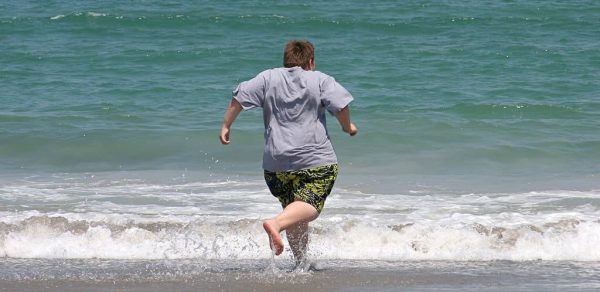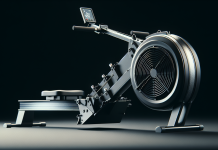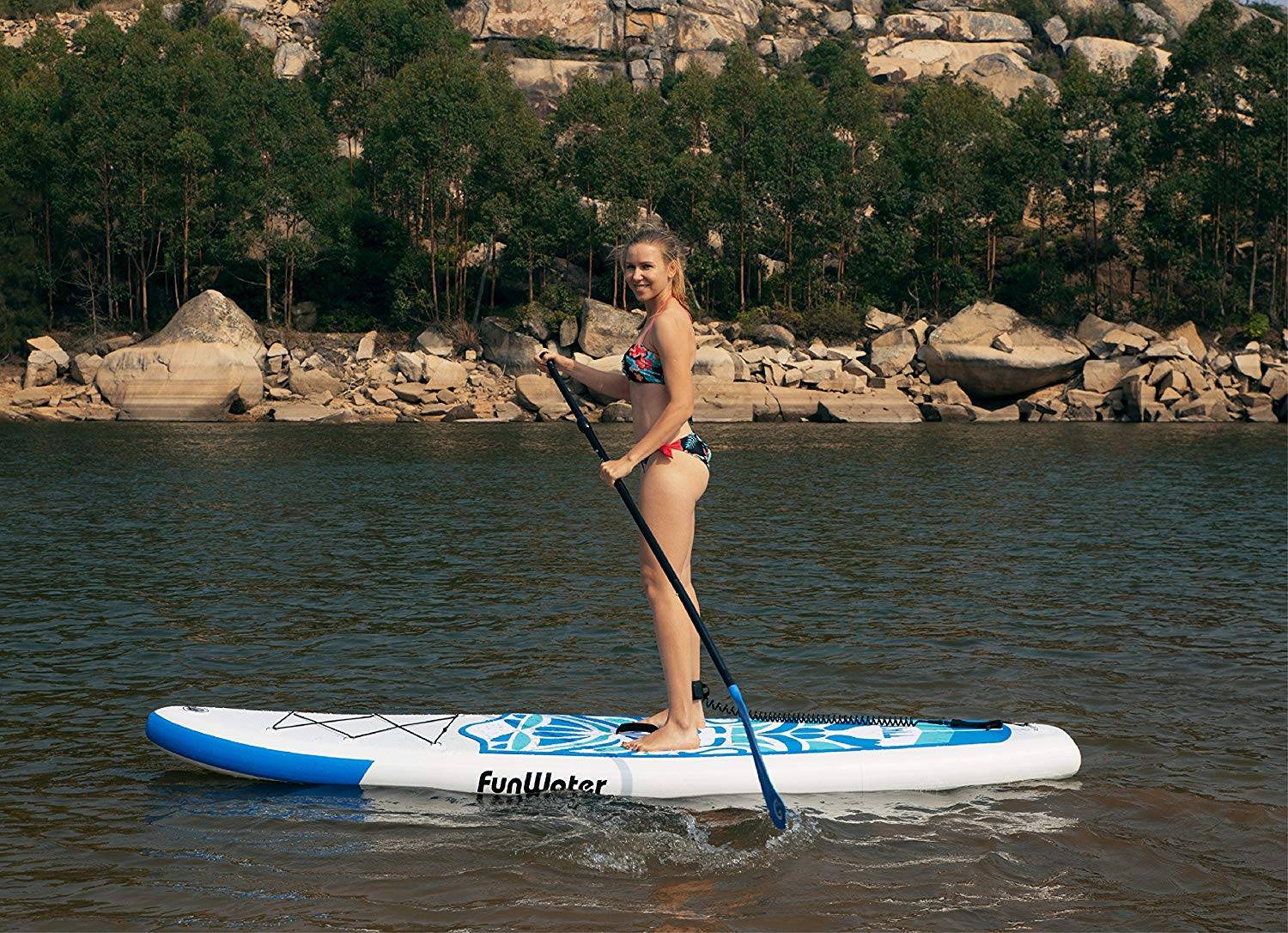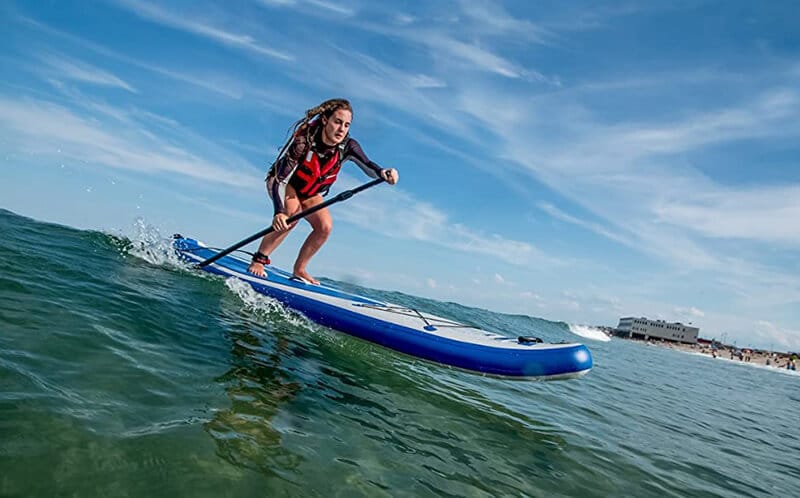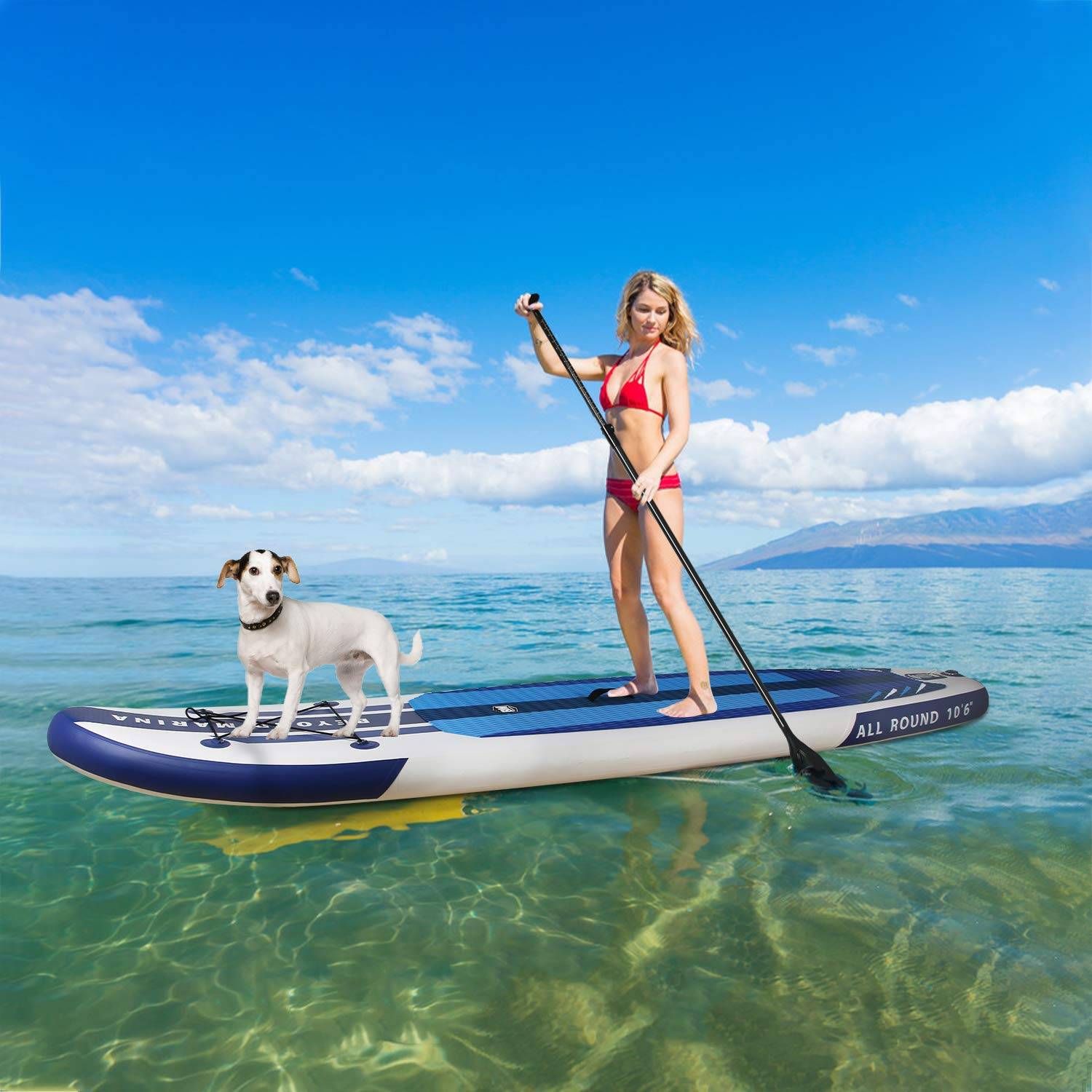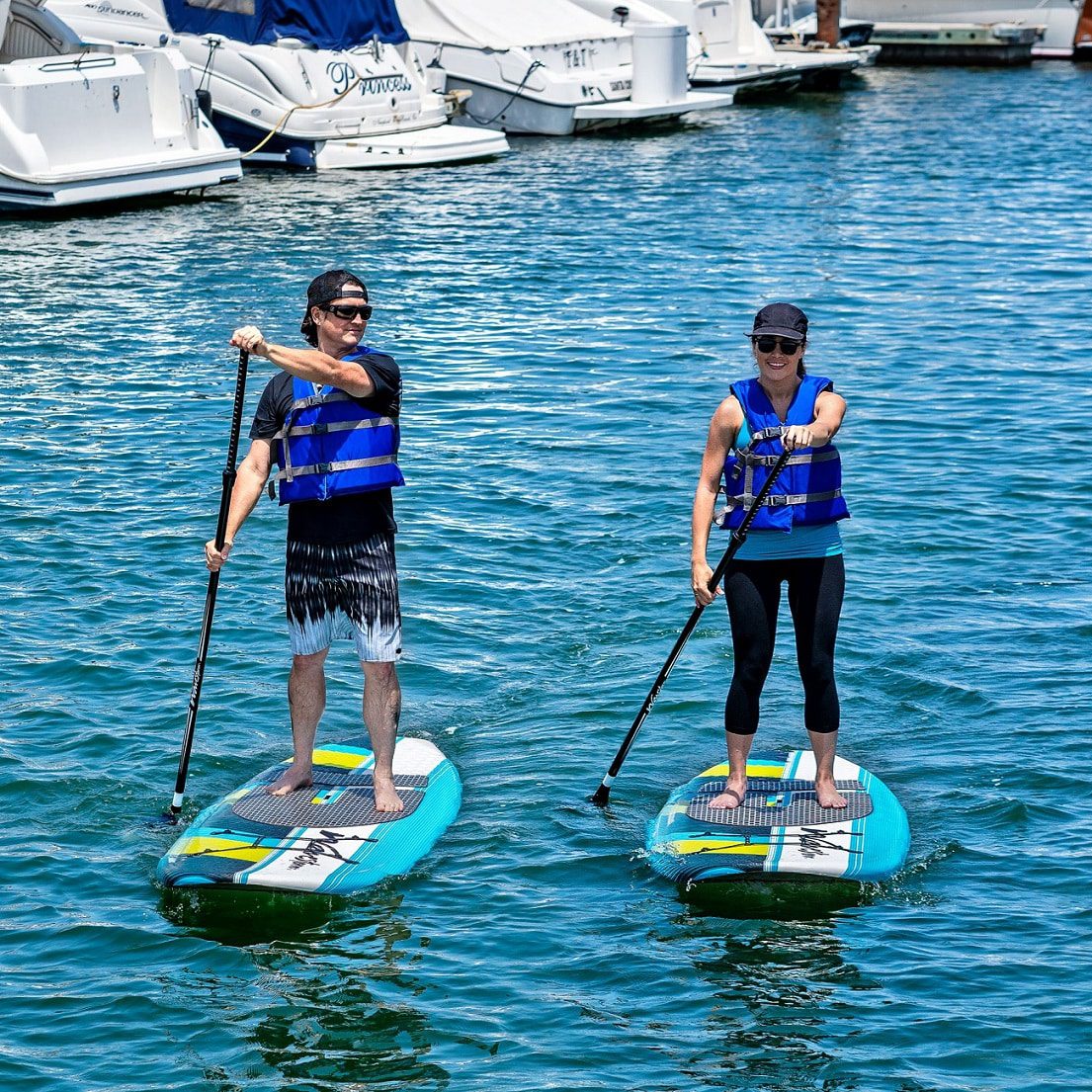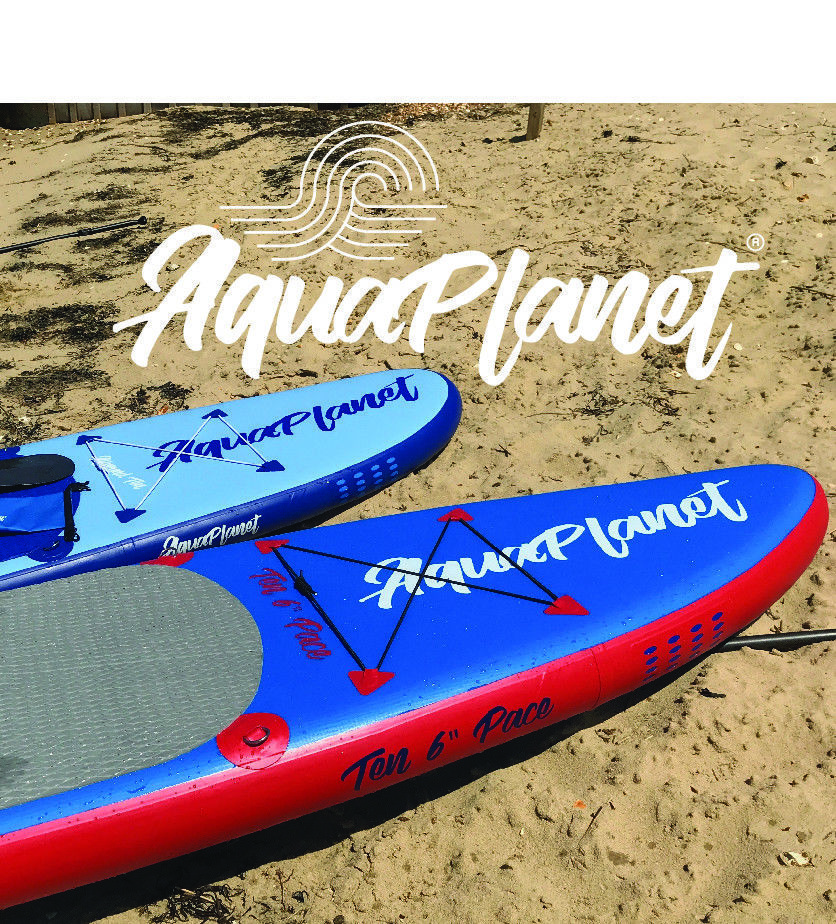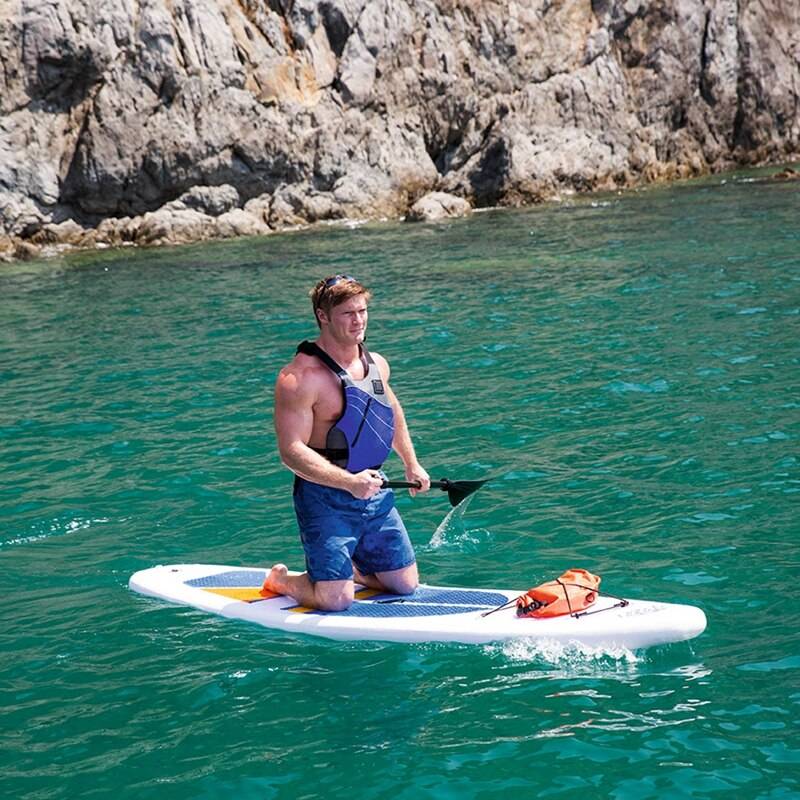Are you unsure if your weight is too much for your SUP? It’s a common concern for many paddlers, especially beginners. This article will address the question, “Am I too heavy for my SUP?”
We’ll provide expert advice and tips to help determine if your current board can handle your weight or if it’s time to consider upgrading to a more suitable option. So, if you’re ready to hit the water without any worries, let’s dive in and find out if your SUP can handle the weight!
Weight Capacity of SUPs
How to Determine the Weight Capacity of a SUP
Determining the weight capacity of a Stand-Up Paddleboard (SUP) is crucial for a safe and enjoyable paddling experience. Most SUPs have a weight capacity specified by the manufacturer, indicating the maximum weight the board can support.
To determine the weight capacity of a SUP, you can usually find this information in the product specifications provided by the manufacturer. You can also consult your local SUP retailer or the manufacturer for any specific questions or concerns.
Factors Affecting the Weight Capacity
Several factors can influence the weight capacity of a SUP. The design and construction of the board play a significant role in determining its weight limit.
Additionally, the quality and durability of the materials used, such as the foam core type and the outer shell’s strength, can impact the board’s weight capacity.
Importance of Not Exceeding the Weight Limit
It is essential to abide by the weight limit specified by the manufacturer and never exceed it. Exceeding the weight limit can lead to various issues, including decreased stability, compromised maneuverability, and increased risk of accidents.
Overloading a SUP can put undue stress on the board, which may result in damage to the hull or fins. Moreover, exceeding the weight capacity could cause the board to sit too low in the water, making it more prone to taking on water, affecting buoyancy.
Calculating Your Weight
Weighing Yourself
To accurately calculate your weight, it is crucial to weigh yourself using a reliable scale. Step onto the scale with your SUP clothes and any gear or accessories you typically carry while paddleboarding.
Make sure to distribute your weight evenly on the scale and take note of the reading. It is advisable to weigh yourself a few times to ensure accuracy and take the average of the measurements.
Considering Your Gear and Accessories
When calculating your weight for paddleboarding, it is essential to factor in the weight of your gear and accessories.
This includes additional equipment, such as a paddle, leash, life jacket, dry bag, or more relaxed. These items can add significant weight, so it’s crucial to account for them when determining your total load on the SUP.
SUP Types and Their Weight Capacities
All-Around SUPs
All-around SUPs are versatile and designed for different activities, including recreational paddling, yoga, and small waves. They typically have a moderate weight capacity, making them suitable for a wide range of paddlers. The weight capacity of all-around SUPs usually ranges from 200 to 275 pounds (90 to 125 kilograms).
Touring SUPs
Touring SUPs are designed explicitly for long-distance paddling and exploring. These boards typically have a streamlined shape and a higher weight capacity than all-around SUPs. The weight capacity for touring SUPs can range from 250 to 350 pounds (113 to 159 kilograms).
Inflatable SUPs
Inflatable SUPs, also known as iSUPs, have gained popularity due to their portability and convenience. These boards are constructed with durable materials that can withstand inflation pressures and provide rigidity. The weight capacity of inflatable SUPs can vary depending on the size and design but generally range from 200 to 350 pounds (90 to 159 kilograms).
Racing SUPs
Racing SUPs are designed for speed and agility, catering to experienced paddlers participating in competitive events. These boards are often lightweight and have a narrower profile, which can impact their weight capacity. Racing SUPs typically have a weight capacity ranging from 200 to 275 pounds (90 to 125 kilograms).
Fishing SUPs
Fishing SUPs are specially designed to accommodate the additional weight of fishing gear and accessories. These boards often have a higher weight capacity than other SUPs, allowing anglers to maneuver on the water while carrying their fishing equipment comfortably. Fishing SUPs can have weight capacities ranging from 300 to 400 pounds (136 to 181 kilograms).
Your Body Weight and SUP Stability
The Effect of Body Weight on Stability
Body weight plays a significant role in the stability of a SUP. When standing on a paddleboard, your weight is distributed over a relatively small surface area, requiring balance and stability to maintain an upright position. If the board’s weight capacity is exceeded, it can affect its stability and make it more challenging to maintain balance on the water.
Tips for Maintaining Stability on Your SUP
To ensure stability while paddleboarding, there are a few tips and techniques to keep in mind:
- Stance: Maintain a broad and balanced stance on the board, spreading your feet hip-width apart. This wider stance helps distribute your weight evenly and increases stability.
- Core Engagement: Engage your core muscles by keeping your abdominal area tight. A strong core helps improve balance and stability while paddleboarding.
- Paddle Technique: Use an efficient paddle stroke technique, ensuring that your strokes are smooth and controlled. Proper paddling helps maintain stability and reduces the risk of falling off the board.
- Practice Balancing Exercises: Incorporate balancing exercises into your routine to strengthen your muscles and improve stability. Activities like yoga on a paddleboard or standing on one leg can help enhance your balance and stability skills.
Choosing the Right SUP for Your Weight
Understanding the SUP’s Volume
The volume of a SUP refers to the amount of space the board occupies, typically measured in liters. It is crucial in determining the board’s buoyancy and weight capacity. A higher volume indicates a more buoyant board capable of supporting more weight.
Matching Weight Range with SUP Volume
When choosing a SUP, matching your weight range with the board’s volume is essential. Manufacturers often provide weight range recommendations for each board model, indicating the ideal weight distribution that ensures optimal performance and stability. By selecting a SUP that aligns with your weight, you can enjoy a better paddling experience with enhanced stability.
Additional Factors to Consider
While weight capacity and volume are key factors when choosing a SUP, other essential aspects must be remembered. Board length and width can influence stability and performance, so choosing a size that suits your body type and paddling style is essential. Additionally, consider the type of water conditions you plan to paddle in and the specific activities you want to engage in, as these can impact your choice of SUP.
Consequences of Overloading Your SUP
Performance Issues
Overloading a SUP can result in various performance issues. The board may become less responsive and slower, making it more challenging to maneuver on the water. Exceeding the weight capacity can also affect the board’s tracking ability, causing it to veer off course. Ultimately, overloading can significantly diminish your overall paddling experience.
Safety Risks
Safety should always be a top priority when paddleboarding. Overloading a SUP can compromise stability, increasing the risk of capsizing or falling into the water. An overloaded board may struggle to handle the waves in rough or choppy conditions, putting the paddler at a higher risk of accidents. Adhering to the weight capacity can help ensure your safety and minimize potential risks.
Equipment Damage
Overloading a SUP can lead to damage to the board itself. Excessive weight can cause the deck or hull to warp or crack, compromising the board’s structural integrity. Moreover, the added strain can strain on the fins or the fin box, potentially causing damage. By respecting the weight capacity, you can help prolong the lifespan of your SUP and avoid costly repairs or replacements.
Improving Performance and Stability on Your SUP
Building Your Core Strength
Building core strength is essential for better performance and stability on a SUP. A strong core helps you maintain balance and control while paddleboarding. Incorporate exercises such as planks, sit-ups, and yoga poses that engage your core muscles. Regular core workouts will enhance your paddleboarding skills and contribute to your overall fitness.
Improving Balance
Improving your balance is crucial for maintaining stability on a SUP. Besides practicing balancing exercises mentioned earlier, consider incorporating activities like slacklining, yoga, or standing on one leg during everyday tasks. This will help train your body to adjust to the constant shifting movements on the board.
Paddling Technique
An efficient paddling technique is critical to optimizing performance and stability on a SUP. Focus on using your core muscles and torso rotation while paddling rather than relying solely on your arms. This technique allows for more power and control during each stroke, improving overall paddling efficiency. Consider taking a lesson from a professional instructor to refine your technique and maximize your paddling potential.
Maintaining Your SUP
Avoiding Excessive Wear and Tear
Avoiding excessive wear and tear is essential to keep your SUP in good condition. This includes avoiding dragging the board on rough surfaces like concrete or gravel. Always carry and handle your SUP carefully to prevent unnecessary scratches or dings. Additionally, be mindful of the weight you place on the board during storage to avoid undue stress on the hull.
Proper Board Care and Maintenance
Regular board care and maintenance are vital for extending the lifespan of your SUP. After each use, rinse the board with fresh water to remove saltwater or debris. Inspect the board for any signs of damage, such as cracks or dents, and address them promptly. Keep your SUP in a cool, dry place, away from direct sunlight or extreme temperatures. A protective UV-resistant coating can also help preserve the board’s appearance and durability.
Tips for Heavy Paddlers
Choosing a Sturdier SUP
Choosing a SUP with a higher weight capacity and a sturdier construction is advisable if you are a heavier paddler. Look for boards that are specifically designed to support heavier loads. These boards often have additional reinforcement in critical areas to enhance their strength and durability.
Considering the Board Length and Width
Board length and width can significantly impact stability for heavy paddlers. Consider choosing a broader and longer board, as these dimensions offer increased stability and buoyancy. The extra surface area provides more significant support for the rider and helps distribute the weight more evenly.
Exploring Different Board Styles
Different board styles offer unique features that can benefit heavy paddlers. For example, broader and thicker all-around SUPs can provide higher weight capacities and more stability. Alternatively, fishing or touring SUP may be a suitable option, designed to carry additional gear and have higher weight capacities.
Conclusion
Determining and respecting the weight capacity of your SUP is vital for a safe and enjoyable paddleboarding experience. By understanding the various factors influencing weight capacity and considering your body weight, gear, and accessories, you can choose the suitable SUP and ensure optimal performance and stability.
Remember never to exceed the weight limit specified by the manufacturer to avoid potential risks, equipment damage, and diminished performance. With proper paddle technique and regular exercise to improve balance and core strength, you can enhance your stability and fully enjoy the beauty of paddleboarding.
Remember to maintain your SUP properly to prolong its lifespan, and consider specific considerations for heavy paddlers when selecting your board. So grab your paddle and embark on your SUP adventure, confident in your choice and knowledge of weight capacity!


